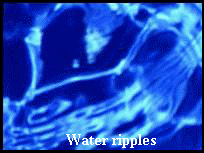 Macroscopically
a wave is an extensive disturbance in a medium (for example water serves as the medium for the ripples on its surface).
When several waves come together they combine constructively or destructively, i.e. they interfere.
Macroscopically
a wave is an extensive disturbance in a medium (for example water serves as the medium for the ripples on its surface).
When several waves come together they combine constructively or destructively, i.e. they interfere.
When such a wave passes through a small aperture it is diffracted and
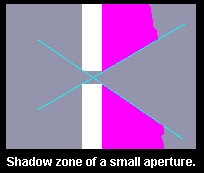 spreads out into the shadow zone.
In quantum mechanics the probability distribution of a particle is obtained from a wave function.
This wave can diffract and interfere just like a classical wave.
spreads out into the shadow zone.
In quantum mechanics the probability distribution of a particle is obtained from a wave function.
This wave can diffract and interfere just like a classical wave.
The effect of diffraction on the probability distribution of a quantum particle can be studied by considering a wave packet that passes through a narrow slit. In the following animations the initial wave packet is taken to be
with ![]() and
and
![]() .
.
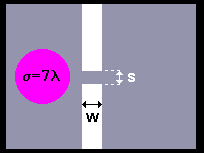
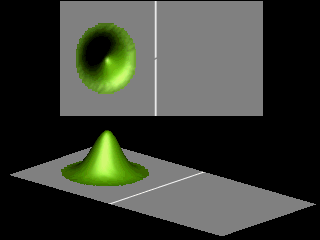
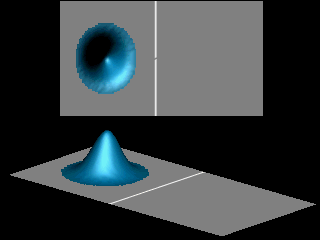
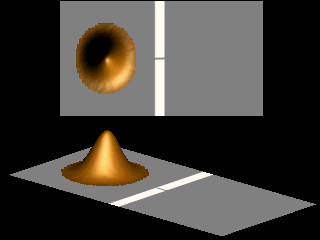
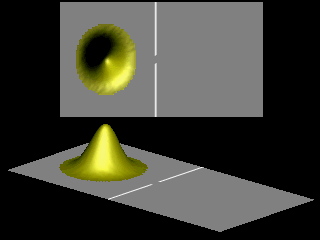
The animations show that
- A narrow slit diffracts more strongly than a wide slit.
- The length
 of the slit mainly affects the probability to pass through the slit but has little influence on the diffraction pattern.
of the slit mainly affects the probability to pass through the slit but has little influence on the diffraction pattern.